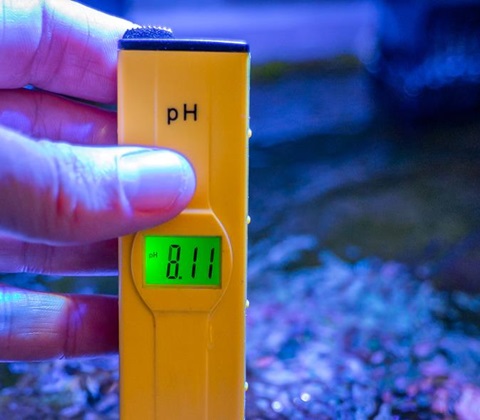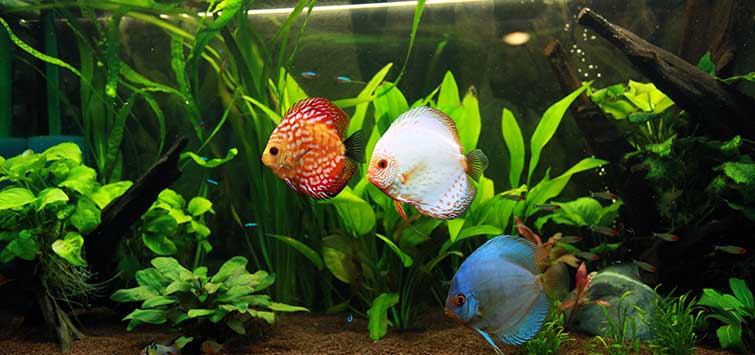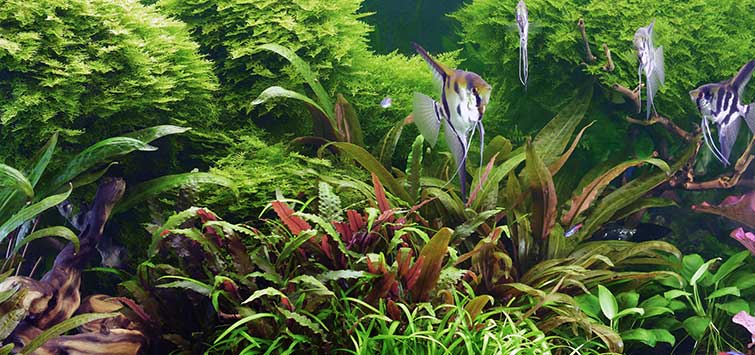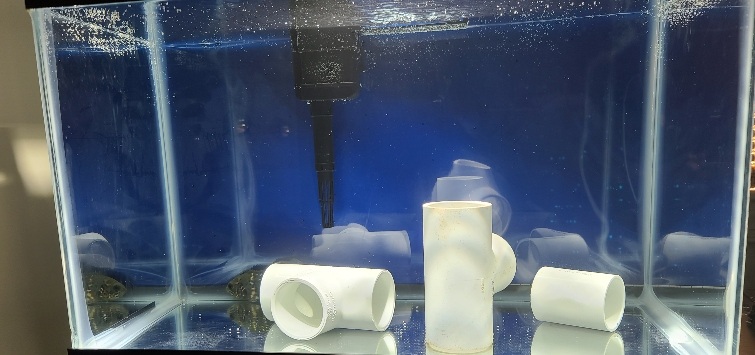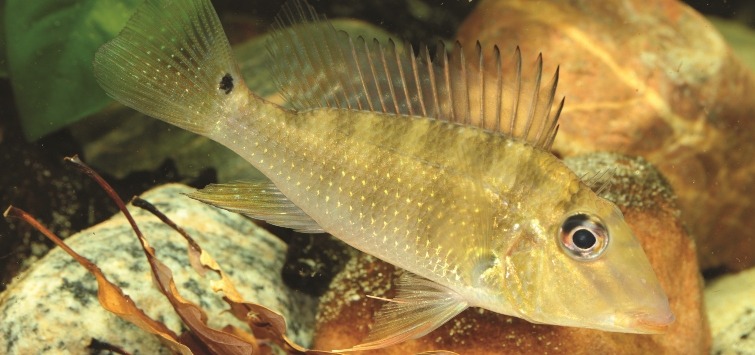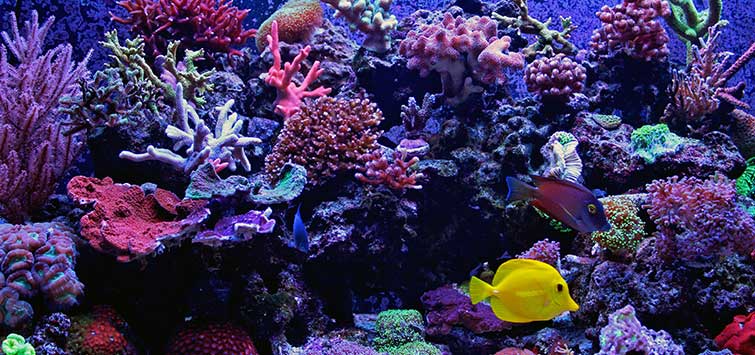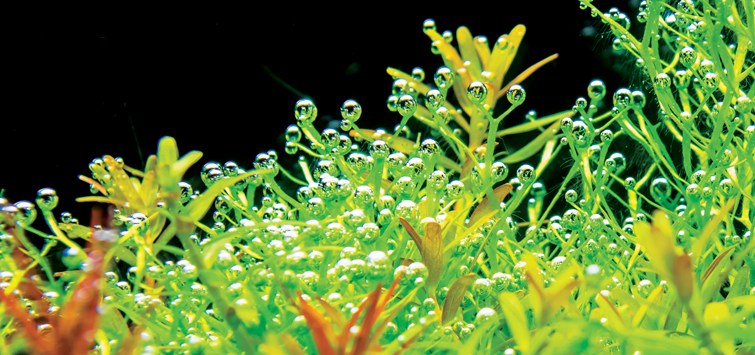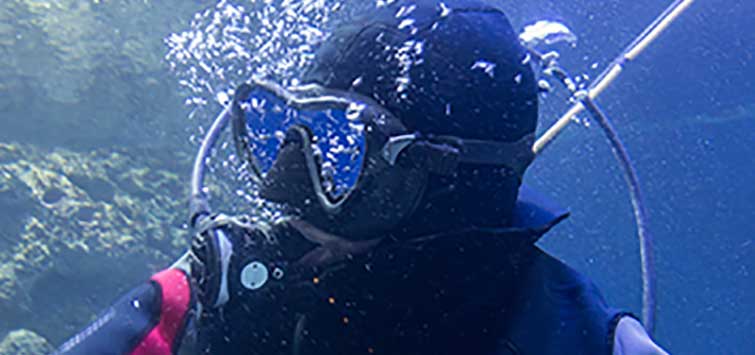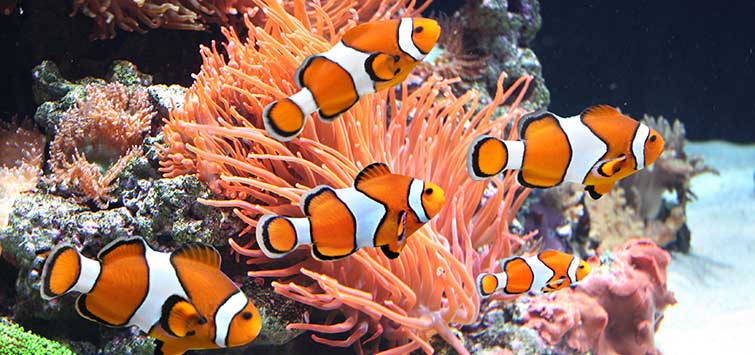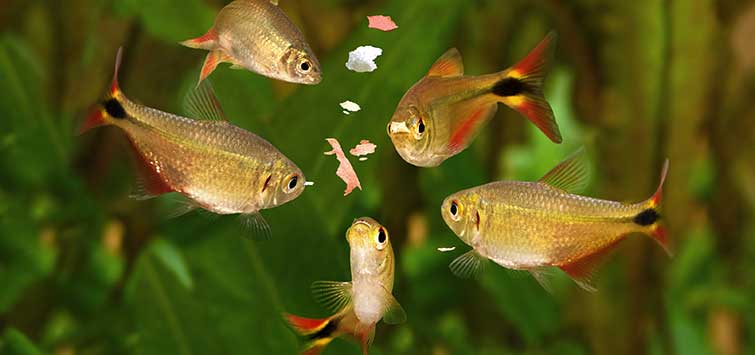-
Aquariums
Our fish tank recommendations cover proper care and setup for a home aquarium. Learn tips for specific tank shapes and sizes.
-
Aquarium Setup Guide
Aquarium setup requires time and commitment. Here are the basics for making your tank thrive!
-
The Skeptical Fishkeeper: Quarantine
Quarantining diseased fish is an effective method of keeping your tank in tact. One hobbyist shares her advice for separating specimens.
-
Leaf Litter & More: How to Naturally Lower Aquarium pH
Adding natural materials like leaf litter is an effective way to lower aquarium pH. Discover the best choices for your fish tank.
-
The Salt Creep: Key Considerations for the Aspiring Reefkeeper
There are as many different approaches to keeping a reef aquarium as there are reefkeepers out there. Learn these facts before you start a saltwater reef aquarium.
-
A Guide to Using CO2 in Your Aquarium
Whether you keep a freshwater or saltwater fish tank, using CO2 in your aquarium is critical to maintaining healthy plants or corals. Learn more!
-
Maintenance
There's more than meets the eye when it comes to aquarium maintenance. Learn how to clean a fish tank properly with these tips.
-
The Salt Creep: A Marine Aquarium Maintenance Checklist
A saltwater tank requires more maintenance than a freshwater tank. Check out this marine aquarium maintenance checklist!
-
Foods & Feeding
From flakes to live fish food, we offer feeding advice for a variety of purposes. Learn more about optimal feeding techniques for your specimens.
Search returned 25 results

.png?h=595&iar=0&w=2781&hash=5FD5E69473BCC22199FBFA2FB71B6033)

